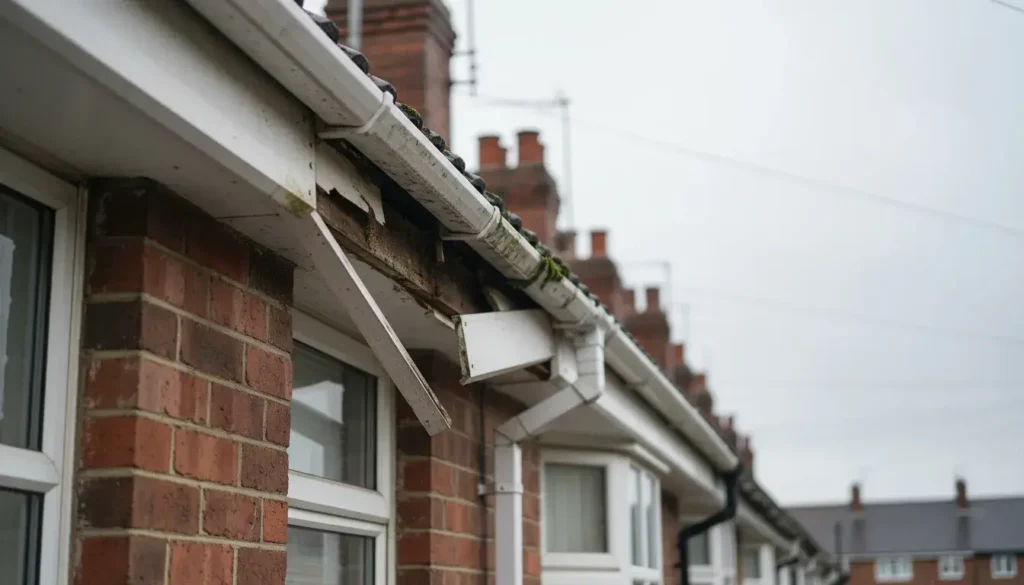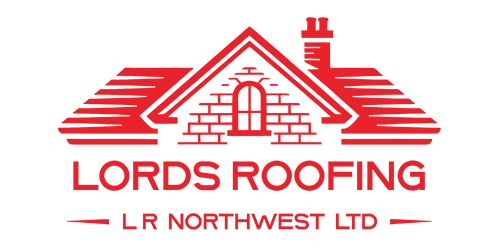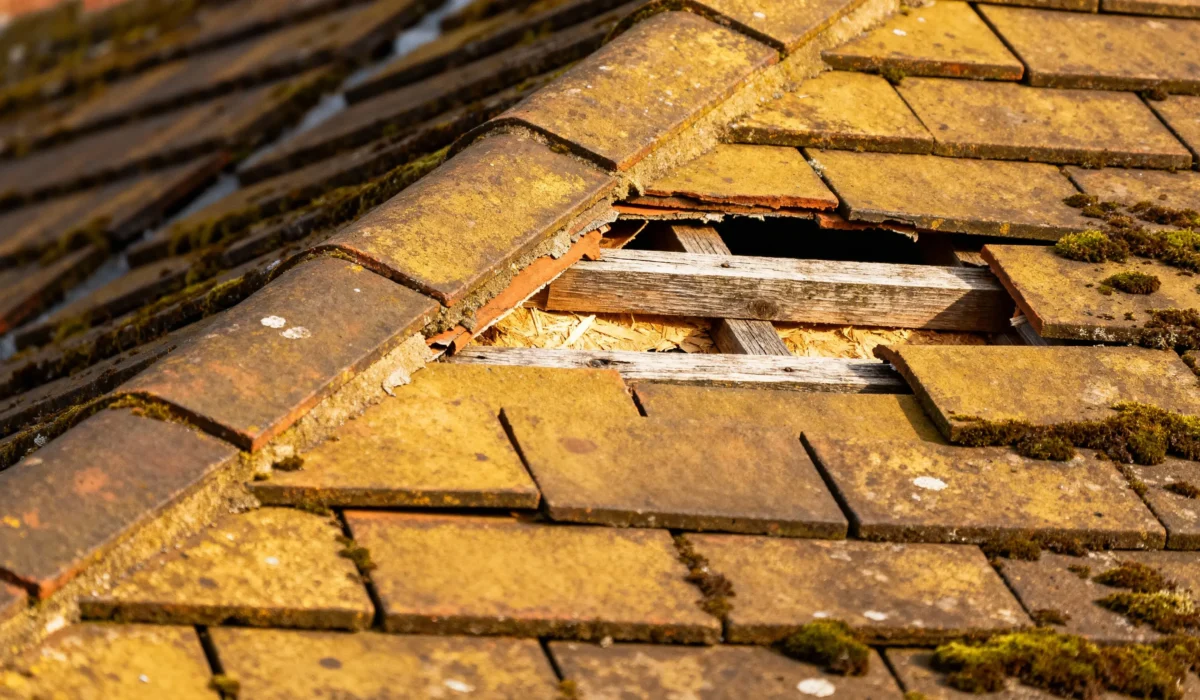Preventing Pest and Bird Infestations in Your Roofline: A Guide for Manchester Properties
The roofline—the area encompassing your fascias, soffits, and gutters—is your home’s primary defence against the Manchester weather. Unfortunately, it is also a favourite target for opportunistic pests, birds, and even rodents looking for a warm, dry place to nest.
While the presence of wildlife is a natural part of the urban environment, an infestation in your roof space can lead to serious damage, noise, and potential health hazards. At Lords Roofing, we specialise in identifying and professionally proofing these vulnerable areas, ensuring your roofline is secure without causing harm to the animals themselves.
How Pests Gain Access to Your Roof Structure
1. The Easiest Entry Points (The Roofline)
-
Damaged or Vented Soffits: The soffit (the board under the fascia) often has small ventilation holes. If these vents are cracked, damaged, or lack proper mesh screening, squirrels, mice, and rats can easily chew or squeeze their way in.
-
Rotten or Gapped Fascias: The fascia board is secured to the end of the rafters. If the timber is old, rotten, or if the sealant has failed, small gaps can appear. These gaps are often exploited by wasps and bees looking to build nests.
-
The Eaves Gap: This is the small but vital gap between the top of the fascia board and the underside of the lowest roof tile. It’s meant to provide ventilation, but without proper eaves guards or bird combs, it’s an open invitation for starlings and pigeons to build nests directly under the tiles.
2. Exploiting the Main Roof
-
Missing or Slipped Tiles: Strong Manchester winds can dislodge roof tiles or slates. Even a small displacement creates enough space for nesting birds to squeeze through and build nests in the roof void.
-
Damaged Leadwork: Rodents, particularly squirrels, are notorious for chewing through soft materials. Poorly maintained or damaged lead flashing around chimneys and valleys can be gnawed to create an entry hole.
-
Open Access in Gable Ends: On older properties, the gaps where the roof joins the gable wall might be poorly sealed, allowing mice and rats access to the loft space.
The Damage Infestations Can Cause
Allowing an infestation to persist can lead to significant structural and financial problems:
-
Insulation Damage: Nests, droppings, and urine from pests like mice and squirrels compress and contaminate insulation, drastically reducing its energy efficiency.
-
Blocked Vents and Gutters: Nesting materials (twigs, straw, mud) can quickly block vital ventilation points and fill gutters, leading to dangerous water ingress and condensation.
-
Chewed Wiring: Rodents must constantly chew to keep their teeth sharp. Electrical wiring, joists, and pipework in the loft are often targeted, posing a serious fire hazard and structural risk.
-
Unsanitary Conditions: Droppings and deceased animals in the roof space create strong odours and can attract secondary infestations of insects.

Professional, Harm-Free Proofing Methods
Why Choose a Professional Roofer for Pest Proofing?
Proofing a roofline is not a job for a general pest control service; it requires expertise in construction and roofing safety.
- Work at Height Safety: Accessing the roofline requires scaffolding and adherence to the strict Work at Height Regulations 2005. Our team uses proper equipment and safety protocols.
- Structural Understanding: We understand which gaps are safe to seal (non-ventilation) and which must remain open for airflow, ensuring the longevity of your roof deck and insulation.
- Long-Term Solutions: We don’t just patch the holes; we repair or replace the damaged components (fascias, soffits, tiles) that created the vulnerabilities in the first place, offering a long-term guarantee against re-entry.
By taking a proactive approach to your roofline maintenance, you protect your investment, maintain energy efficiency, and ensure your home remains a peaceful, pest-free sanctuary. Contact Lords Roofing today for a comprehensive inspection of your Manchester property. Sources


